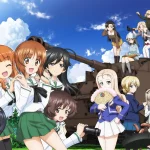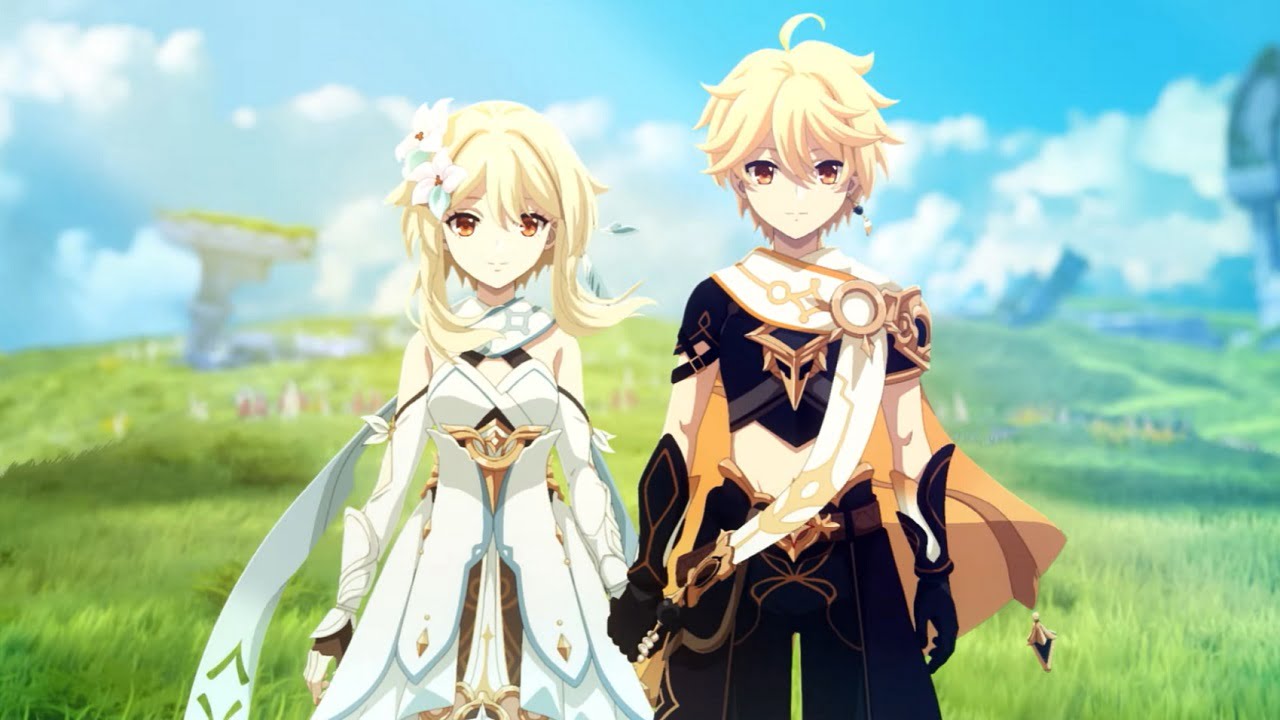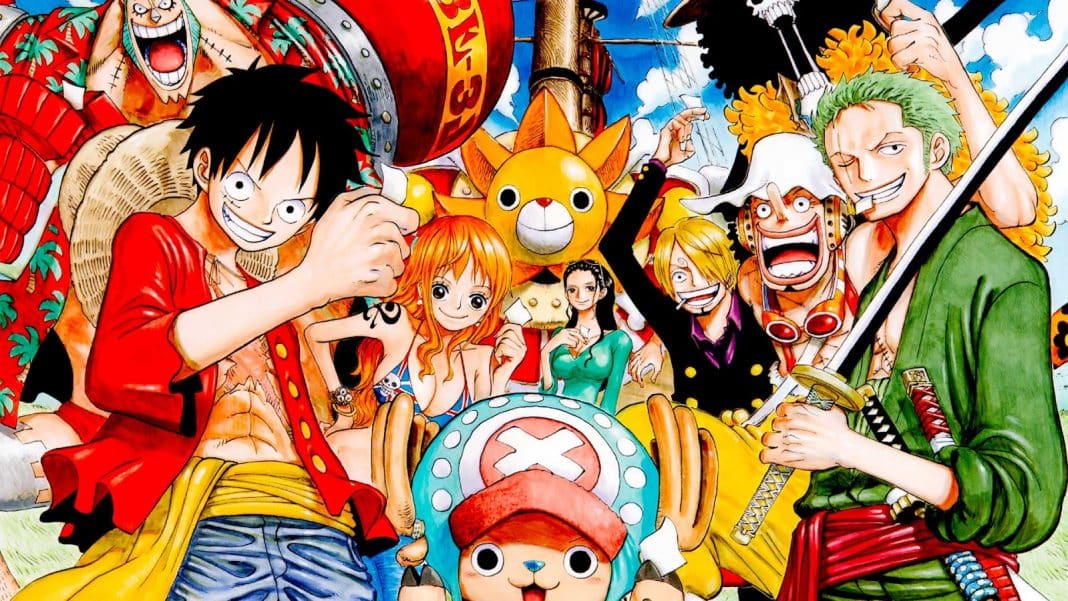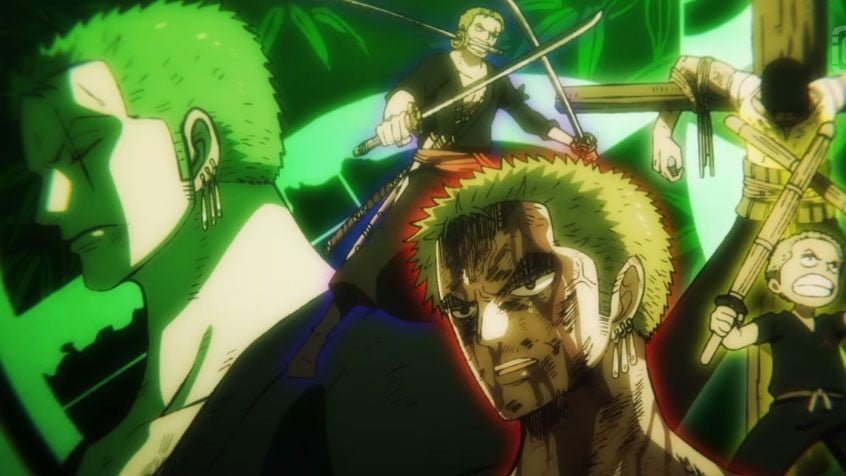Anime production is driven by a network of studios, some of which have consistently produced one hit after another. These studios are the backbone of the anime industry, bringing to life beloved series and films that attract audiences worldwide. These studios have left an indelible mark on animation, from classic titles to modern masterpieces.
The anime industry in Japan is massive, likely larger than you might think. Even if you don’t count yourself as an anime enthusiast, it’s hard to ignore this cultural juggernaut—firmly entrenched in the mainstream.
Iconic series like Dragon Ball Z have transcended niche fandom to become integral parts of pop culture, while movies like Spirited Away are some of the most revered and successful films ever made.
Let’s look at some of the popular anime studios currently active worldwide.
Best Japanese Anime Studios
1. Toei Animation
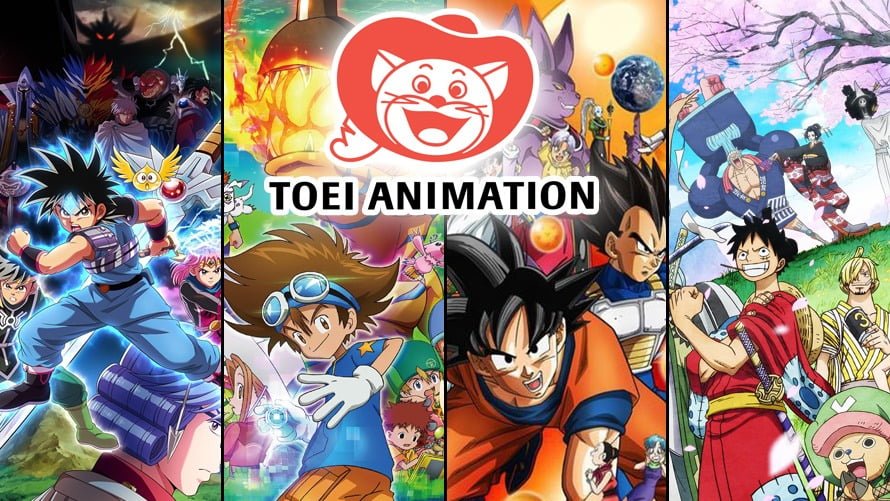
Toei Animation is a renowned anime studio responsible for some of history’s most iconic and beloved anime series. If you’ve heard of Dragon Ball, Sailor Moon, or One Piece, you’re already familiar with some of their work, even if you haven’t watched them.
One Piece, in particular, stands out as one of the longest-running and most popular anime series of all time, with numerous spin-off films adding to its legacy.
Toei Animation has a rich history dating back to 1948, when it was founded as Japan Animated Films. It became part of the Toei Company in 1956 and underwent name changes over the years, eventually becoming Toei Animation globally. In 1998, Toei Doga, its original Japanese name, became known as Toei Animation.
The studio’s first animated film, Kitty’s Graffiti, debuted in 1957, followed by its first animated series, Wolf Boy Ken, in 1963. Since then, Toei Animation has produced hundreds of anime series and films, solidifying its position as one of the leading forces in Japanese animation.
2. Madhouse
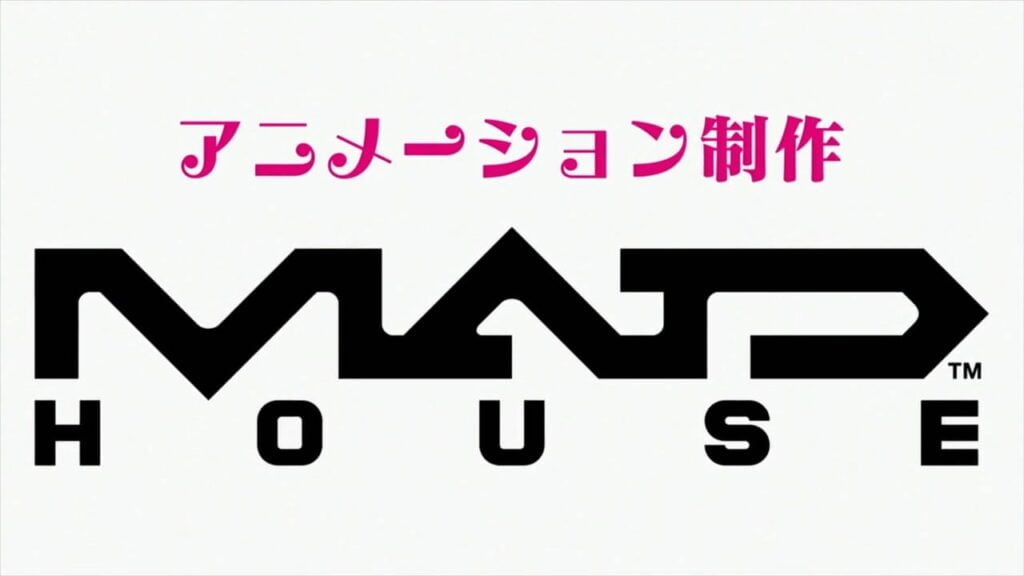
Established in 1972, Madhouse is one of Japan’s oldest and most enduring anime studios, maintaining its presence in today’s industry.
Formed by four visionary animators, including Osamu Dezaki and Rintaro, who honed their skills at Osamu Tezuka’s Mushi Production Studio, Madhouse begin on a journey of producing exceptional anime series and films. Their portfolio boasts renowned titles like Death Note, One-Punch Man, Claymore, and Cardcaptor Sakura.
Madhouse is recognized for its ability to attract top-tier directors, exemplified by Satoshi Kon, whose masterpieces like Perfect Blue, Paprika, Millennium Actress, and Tokyo Godfathers were brought to life by the studio.
Moreover, Madhouse collaborates with esteemed manga artists such as Clamp and Naoki Urasawa, faithfully adapting their works into captivating anime series.
In addition to partnering with Japanese animation studios, Madhouse extends its reach globally, collaborating with international counterparts like Marvel on animated series such as X-Men and Wolverine, showcasing its versatility and expansive influence in the anime industry.
3. Studio Sunrise
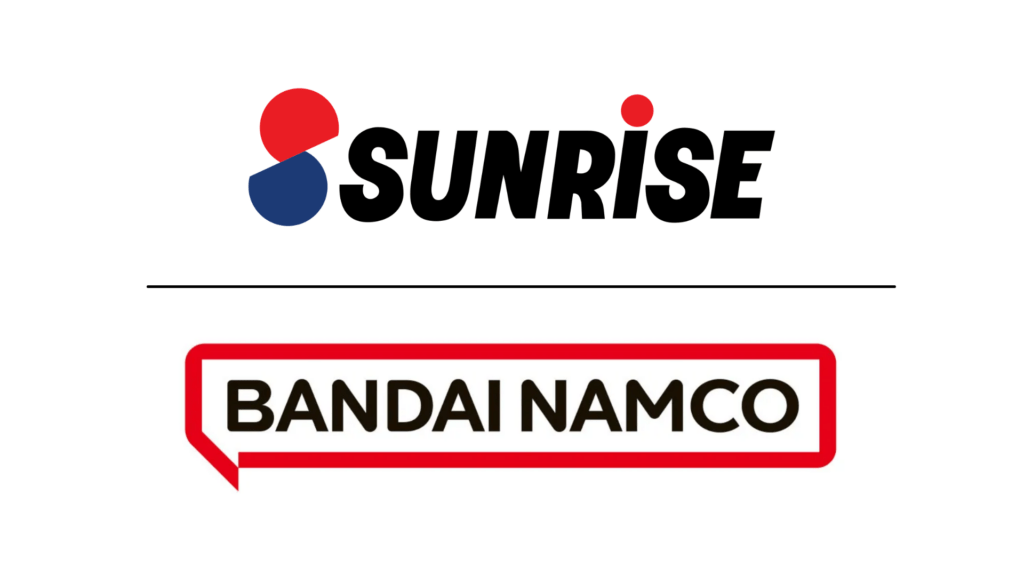
Sunrise, founded in 1972 by ex-Mushi Production staff, has emerged as a powerhouse in the anime industry. Boasting over 10 sub-studios, each dedicated to diverse anime projects, Sunrise’s influence is vast and varied.
The studio is renowned for its expertise in the mecha anime genre, having produced iconic series like Gundam and its numerous iterations, spanning both the Universal Century timeline and standalone titles.
However, Sunrise’s repertoire extends beyond mecha, encompassing beloved series such as Cowboy Bebop, Outlaw Star, Inuyasha, and Gintama, showcasing its versatility and storytelling prowess.
A noteworthy aspect of Sunrise is its role in nurturing talent within the industry. Several former Sunrise employees have established their studios, a testament to Sunrise’s ability to recognize and cultivate top-tier talent in the anime world. This trend reflects the studio’s enduring legacy and commitment to fostering creativity and innovation in anime production.
4. Studio Pierrot
Established in 1979 by former Tatsunoko Production and Mushi Production members, Studio Pierrot is a prominent Japanese anime studio headquartered in Mitaka, Tokyo. The studio derives its name from the iconic character Pierrot, meaning ‘clown’ in Japanese.
Studio Pierrot boasts an impressive portfolio of popular anime series, including Yu Yu Hakusho, Naruto, Bleach, Black Clover, Tokyo Ghoul, and many others. Notably, two of its productions, Yu Yu Hakusho and Saiyuki earned Animage Anime Grand Prix Awards, a testament to their quality and acclaim within the anime community.
5. Kyoto Animation
Established in 1981 by Yoko and Hideaki Hatta, Kyoto Animation is a unique and enduring animation studio in Kyoto Prefecture.
Unlike many other studios, Kyoto Animation adopts a distinctive approach to production. Rather than relying on freelancers, it maintains a dedicated team of salaried animators, prioritizing quality over meeting strict production quotas. This commitment to in-house talent development and job security is rare in the anime industry.
Despite facing challenges, including a tragic fire incident in 2019 that resulted in losing lives and resources, Kyoto Animation has persevered and rebuilt itself. Its resilience and dedication to its craft are evident in the high-quality and beloved anime series it has produced, such as The Melancholy of Haruhi Suzumiya, Clannad, A Silent Voice, Free!, Violet Evergarden, and more.
6. Studio Ghibli
Studio Ghibli is a titan in cinema, renowned for its exceptional anime films that captivate global audiences.
Founded in 1985 under the leadership of visionary directors Hayao Miyazaki and Isao Takahata, alongside producer Toshio Suzuki, Studio Ghibli has produced several of the highest-grossing Japanese anime films ever.
Beyond commercial success, Studio Ghibli’s masterpieces have garnered widespread critical acclaim, earning prestigious awards, including the coveted Oscar for Best Animated Feature Film for Spirited Away in 2003.
The studio’s portfolio boasts a plethora of memorable titles, including Princess Mononoke, My Neighbor Totoro, Grave of the Fireflies, and Howl’s Moving Castle. Each film is a testament to Studio Ghibli’s unparalleled storytelling prowess and breathtaking animation, tackling profound themes with grace and depth.
Studio Ghibli remains a treasure trove of cinematic excellence, weaving together compelling narratives and stunning visuals to create timeless works of art that resonate with audiences of all ages.
7. JC Staff
JC Staff, founded in 1986 by Tomoyuki Miyata, a former director at Tatsunoko, stands as one of the enduring pillars of the anime industry. The initials “J” and “C” represent Japan Creative, a fitting descriptor for this studio’s innovative approach to animation.
Renowned for its eclectic and daring productions, JC Staff has carved a niche for itself with anime titles like Revolutionary Girl Utena and Food Wars! Shokugeki no Soma pushes creative boundaries and captivates audiences with their unique storytelling.
Since its inception, JC Staff has been a prolific producer of anime series and films, demonstrating a commitment to quality and diversity. Notable highlights from its extensive catalog include Toradora!, Bakuman, The Disastrous Life of Saiki K., and the second season of One-Punch Man.
With its bold vision and unwavering dedication to artistic expression, JC Staff continues enriching the anime world with its imaginative creations and captivating narratives.
8. Production I.G
Production IG, founded in 1987 by Mitsuhisa Ishikawa and Takayuki Goto, derives its name from their initials. Renowned for its contributions to anime and video game design, the studio has left an indelible mark on the entertainment industry.
Among its diverse portfolio, Production IG has produced some of the most beloved anime titles, including Kuroko no Basket, Psycho-Pass, and Haikyuu!!, capturing the hearts of audiences worldwide. However, its most iconic creation remains Ghost in the Shell, a groundbreaking anime series and film transcending borders and genres.
Ghost in the Shell garnered international acclaim and inspired a Hollywood adaptation, cementing Production IG’s status as a powerhouse in animation. Additionally, the studio is celebrated for pioneering computer-generated imagery (CG) in anime, setting new standards for visual storytelling.
9. Studio Bones
Studio Bones, established in 1998 by Masahiko Minami, Hiroshi Osaka, and Toshihiro Kawamoto, emerged from the legacy of Sunrise Inc. Its founders, former members of Sunrise, begin on a new journey to explore the world of animation.
Since its inception, Studio Bones has cultivated a legacy of success, delivering many acclaimed anime series. Its notable creations include Fullmetal Alchemist, Eureka Seven, Bungou Stray Dogs, Mob Psycho 100, and My Hero Academia. Studio Bones maintained amicable relations with Sunrise Inc. despite its independent path, exemplified by their collaboration on the iconic Cowboy Bebop: The Movie in 2001.
The passing of founding member Hiroshi Osaka in 2007 marked a somber moment for the studio, however, with the appointment of Makoto Watanabe and Takahiro Komori to the board of directors, Studio Bones persevered, upholding its reputation for excellence.
10. Ufotable
Ufotable, established in 2000 by former employees of TMS Entertainment’s Telecommunications Animation Film division, may be relatively young, but its impact on the anime industry is profound.
Since its inception, Ufotable has delivered a string of remarkable productions, starting with its debut anime series in 2002 and followed by standout titles like Kara no Kyoukai and Fate/Zero. The studio’s exceptional production quality was showcased in its adaptation of two Fate/Stay Night routes.
However, Ufotable’s involvement in creating Demon Slayer: Kimetsu no Yaiba propelled it to new heights. Adapted from the original manga, the series garnered immense popularity, culminating in the release of the film Mugen Train. This sequel shattered records, becoming the highest-grossing Japanese film of 2020 and ultimately claiming the title of the highest-grossing Japanese film of all time—an extraordinary achievement for the studio.
11. A-1 Pictures
A-1 Pictures, founded in 2005 by producer Mikihiro Iwata, traces its roots back to former Sunrise employees. As a division of Aniplex, the anime production company of Sony Music Entertainment Japan, A-1 Pictures initially focused on creating family-friendly anime. However, the studio diversified its portfolio to encompass a broader range of genres.
This strategic shift mirrors the trajectory of many studios in the industry. By establishing a foothold with a particular style or genre, studios like A-1 Pictures can expand their reach to cater to diverse audiences and undertake various projects.
Among its notable productions, A-1 Pictures is recognized for its work on popular anime series such as Fairy Tail, Sword Art Online, Black Butler, and Seven Deadly Sins. These projects have contributed to the studio’s reputation for delivering engaging and memorable anime experiences across different genres.
12. P.A.Works
Founded by Kenji Horikawa, PA Works has roots in esteemed studios like Bee Train, Tatsunoko Production, and Production IG before Horikawa ventured out to establish his own. The studio commenced operations in 2000, initially collaborating with other studios on productions. However, it didn’t independently produce its first anime series until 2008 with True Tears.
Since its debut, PA Works has continued to contribute to the anime landscape with a diverse array of series and movies. Its notable works include Hanasaku Iroha, Charlotte, The Eccentric Family, and Angel Beats. Unlike studios focused on specific genres, PA Works explores a variety, including slice-of-life and supernatural anime.
13. Studio Trigger
Established in 2011 by former Gainax employees Hiroyuki Imaishi and Masahiko Otsuka, Studio Trigger has quickly gained recognition for its distinctive and unconventional approach to anime.
Imaishi, known for his work on Gainax’s Gurren Lagann, brings his bold and vibrant animation style infused with sharp visual humor to Trigger’s productions. This unique blend has become a hallmark of the studio’s work.
Trigger burst onto the scene with its debut series, Kill la Kill, which remains one of its most renowned creations. Other notable series include Little Witch Academia and Space Patrol Luluco.
Most recently, Cyberpunk Edgerunner garnered attention for its successful adaptation of the original video game, further solidifying Studio Trigger’s reputation as a studio that pushes creative boundaries and captivates audiences with its distinctive storytelling and animation style.
14. MAPPA Studio
MAPPA Studio, founded in 2011 by former Madhouse employee Masao Maruyama, has quickly risen to prominence in the anime industry. The studio’s name, MAPPA, is an abbreviation for the Maruyama Animation Project Produce Association.
Maruyama’s decision to establish his studio stemmed from a desire to break free from the constraints of corporate structures and pursue projects with greater creative freedom.
MAPPA Studio made an impressive debut with its first anime, Sakamichi no Apollon, and has since delivered a string of successful productions, including fan favorites like Yuri!! On Ice, Banana Fish, Jujutsu Kaisen, and the final season of Attack on Titan.
However, the studio’s rapid ascent to success also increased pressure and expectations, mirroring the corporate environment Maruyama sought to escape.
In 2016, Maruyama stepped down from his role, passing the reins to Manabu Otsuka as CEO, who continues to lead MAPPA Studio to new heights of achievement and innovation.
15. Wit Studio
Wit Studio, a subsidiary of Production IG, may be relatively new to the anime scene, but it has quickly established itself as a significant player.
Founded in 2012 by Tetsuya Nakatake, Wit Studio gained widespread recognition with its first major project, the anime adaptation of Hajime Isayama’s Attack on Titan manga. The series premiered in 2013 and swiftly became one of the most celebrated anime.
Following the success of Attack on Titan, Wit Studio produced two additional seasons of the series before handing over the reins to MAPPA for its final season.
In addition to Attack on Titan, Wit Studio has worked on several other notable projects, including Owari no Seraph, Vinland Saga, Kabaneri of the Iron Fortress, and The Ancient Magus Bride. One of the studio’s strengths lies its ability to create unique and captivating art styles tailored to each show.






